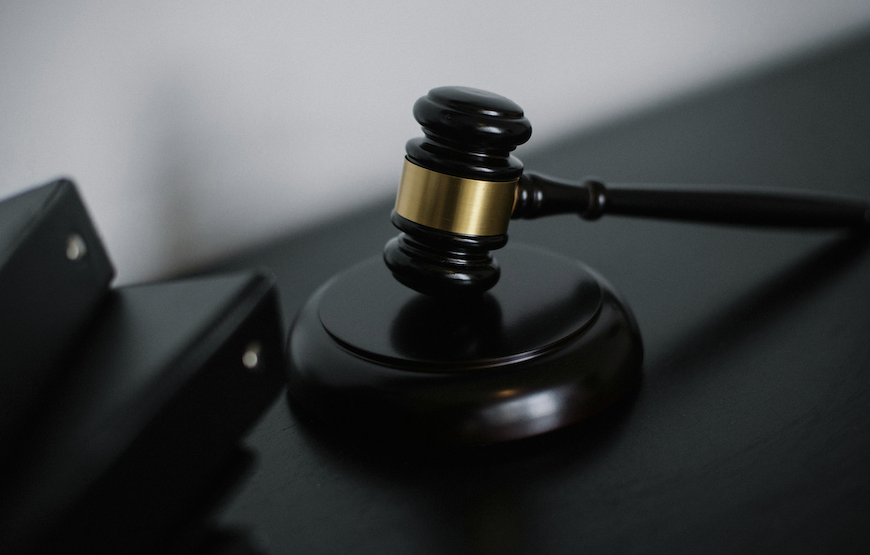Collaboration Technologies: A Toolkit for Legal Aid
Last Updated: 2/14/25

This toolkit provides an overview of collaboration technologies that are commonly used across legal aid organizations. Included within are best practices and practical resources to support effective collaboration and communication.
This Toolkit Will Be Particularly Helpful to Those Who:
- Are unfamiliar with the common tools, use cases, and terms,
- Are unfamiliar with the common tools, use cases, and terms, of collaboration,
- Want to explore other collaboration tools within the legal aid community; and/or
- Need a starting point for streamlining internal workflows or developing policies/guidance.
This toolkit covers a variety of currently available collaboration and communication applications. The technological landscape is ever-changing and expanding— the absence of or modest reference to a specific tool or application in this toolkit should not be interpreted to mean that the authors do not support its use; rather, with limited space, only a certain number of applications may be discussed. This toolkit does not provide in-depth information, such as pricing or pros/cons, for any tool or application.
Disclaimer
Firms must evaluate and research each platform as technology and features (and associated costs) change. This toolkit should be considered a starting point on the journey to discover the best tools for the firm and not a definitive be-all-end-all guide.
Preface: An Attorney’s Ethical Duties
Before getting into the details of technological collaboration, it is important to note that all technology used in a law office must be used competently. For every type of technology used in the office, firms must ensure that lawyers— via Rule of Professional Conduct 1.1— are maintaining competence by keeping “abreast of changes in the law and its practice, including the benefits and risks associated with relevant technology….”1 Further, especially when communicating with or about clients, attorneys and their supervisees must ensure that technology is used to competently protect confidential client information.2 Attorneys are responsible for ensuring that non-lawyer legal professionals and other third-party employees are using technology competently.
Failure to use technology competently may result in disastrous consequences for clients and firms. Attorneys who fail to do their due diligence when selecting technology and third-party service providers may suffer bar complaints, sanctions, and/or malpractice claims.
Firms should thoroughly research all technology tools before beginning to use them, especially if staff will be using the tools to discuss confidential client information. Free tools are not recommended, as there are often significant risks to confidential client information. At a minimum, when reviewing terms of service, leadership should review the company’s privacy and confidentiality practices, who owns the data stored using the technology, and where the data is being stored.
